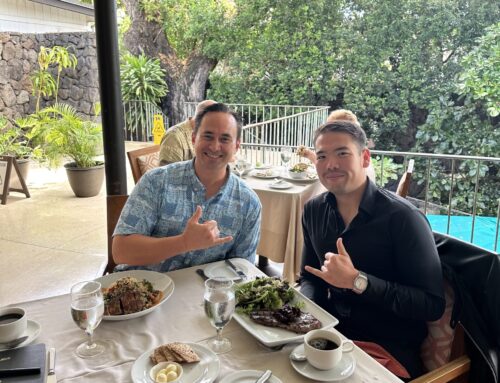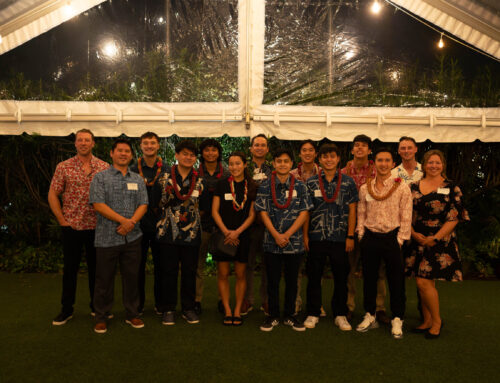Of the numerous ways donors collect and review information, the oldest is what’s known as the pure “analog method.” In the analog application process, all application materials are physically printed and sent to the donor for review.
However, while many donors elect to continue using this system, it has begun to fall out of popular favor for two key reasons. In today’s article, we will go over these problems and how other methods circumvent them.
Problem #1: Applicants Don’t Want to Use It
The first — and perhaps largest — problem with the analog method is that applicants don’t want to use it.
Commonly, donors ask for a rather lengthy list of documents when processing applications. More information on prospective candidates gives donors a more comprehensive understanding of the candidate and their qualifications. However, in a purely analog application process, this puts quite a bit of strain on applicants.
In a purely analog process, applicants have to acquire and fill out the physical application and print out (or, at times, write with pen-and-paper) answers to these questions. It’s a time-consuming task that eats away at time they could more efficiently use to fill out other scholarships.
That doesn’t even consider how the time spent doing this exponentially increases relative to the number of documents asked for. It takes quite a bit of time and effort to provide essays, letters of recommendation, and transcripts.
And transcripts specifically can be quite time-consuming. An official print transcript typically requires a significant waiting time, fee, or both for an applicant. Not only does this make it harder to meet deadlines, but it eats away at time and resources that could be otherwise spent on simpler applications.
Compared to the digital process, print applications eliminate applicants’ resources and deter qualified individuals from applying. In a similar vein…
Problem #2: It’s Harder on the Review Board
Someone has to sort through and review all of the physical documentation sent in by applicants. That’s where the donor’s office and review board steps in, but for many, the process is much more complicated than they anticipated.
Consider the following: say a hypothetical application requests an official transcript, a five-hundred-word essay, three letters of recommendation, and a short application containing all of an applicant’s basic information. This is a relatively normal request for applicants.
This means that every applicant is sending in six pieces of information. If you get two hundred applicants, that’s twelve hundred unique documents that need to be collected, sorted, and reviewed.
That figure doesn’t even account for the fact that the review process typically necessitates copies needing to be made, which could easily increase this figure five or ten-fold. And if even one piece of information goes missing, then an applicant will either be unjustly thrown out or forced to resubmit application documentation.
Obviously, this places a significant strain on the donor’s resources. In this regard, electing to use an entirely analog model places just as much strain on donors as it does on applicants.
How Digital Methods Fix These Problems
Digital resources neatly circumvent these issues while providing many other benefits. At Scholar’s App, this is how we resolve these issues:
Because we have an entirely digital application process, students can easily fill out and complete their applications. Uploading to our central database is an easy, streamlined process that lets them spend more time and effort answering your questions rather than collecting and filling out forms.
Similarly, our central database remotely stores and collects applicant information on your behalf. For a five-person review board, this means an end to scenarios where thousands of pages of documentation are needed for two hundred applicants. Much like the students, reviewers can now focus on the content of the applications.
This doesn’t even account for the other, smaller quality of life fixes relative to the analog application process. This includes, among other things:
- An indexable search feature that allows you to look for applications with particular keywords and qualifications.
- A collaborative review process that allows reviewers to look at notes from one another on prospective applicants.
- Tools that make it easy to get in contact with applicants, guidance counselors, parents, etc.
For more information on Scholar’s App, we encourage you to check out our site here.



